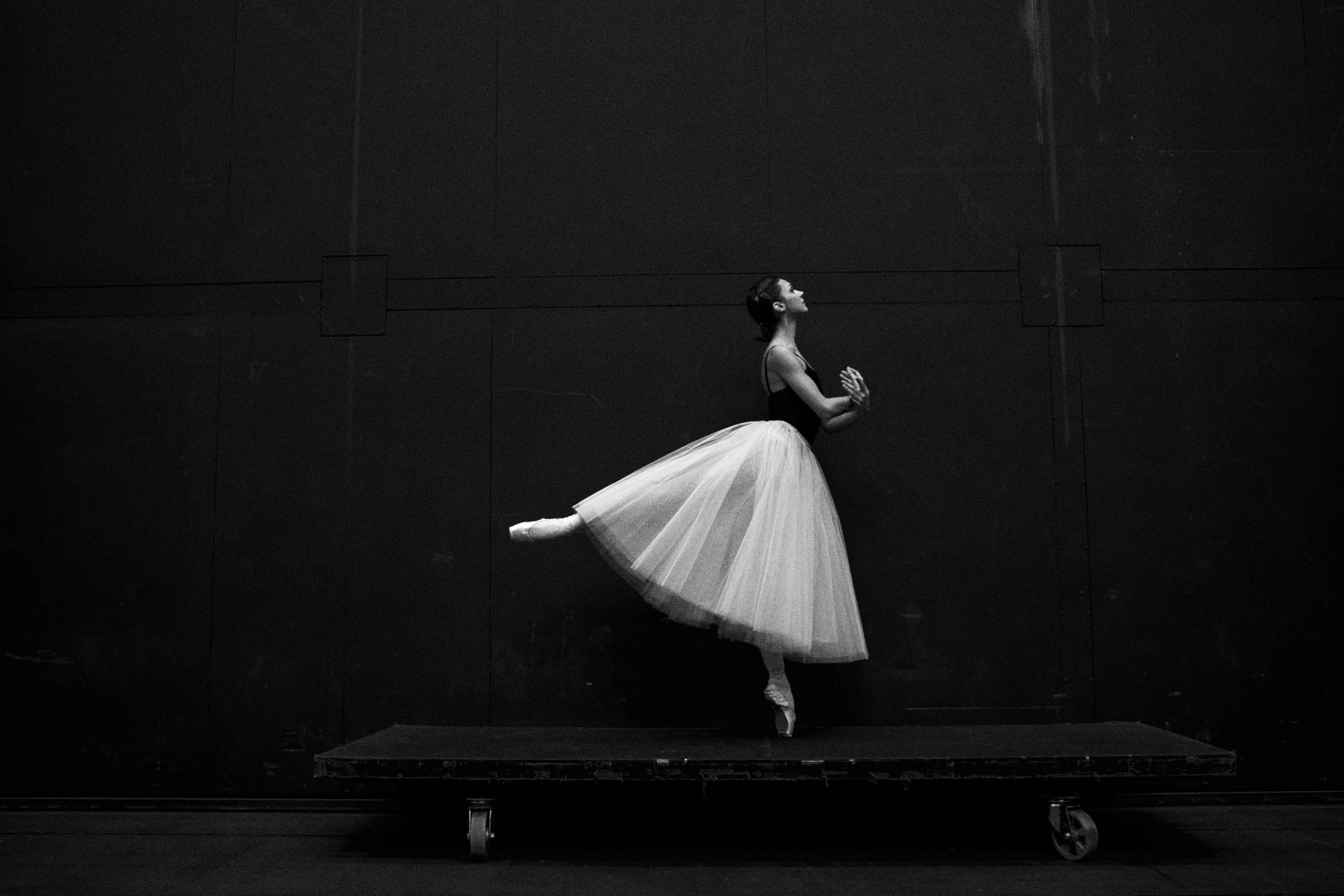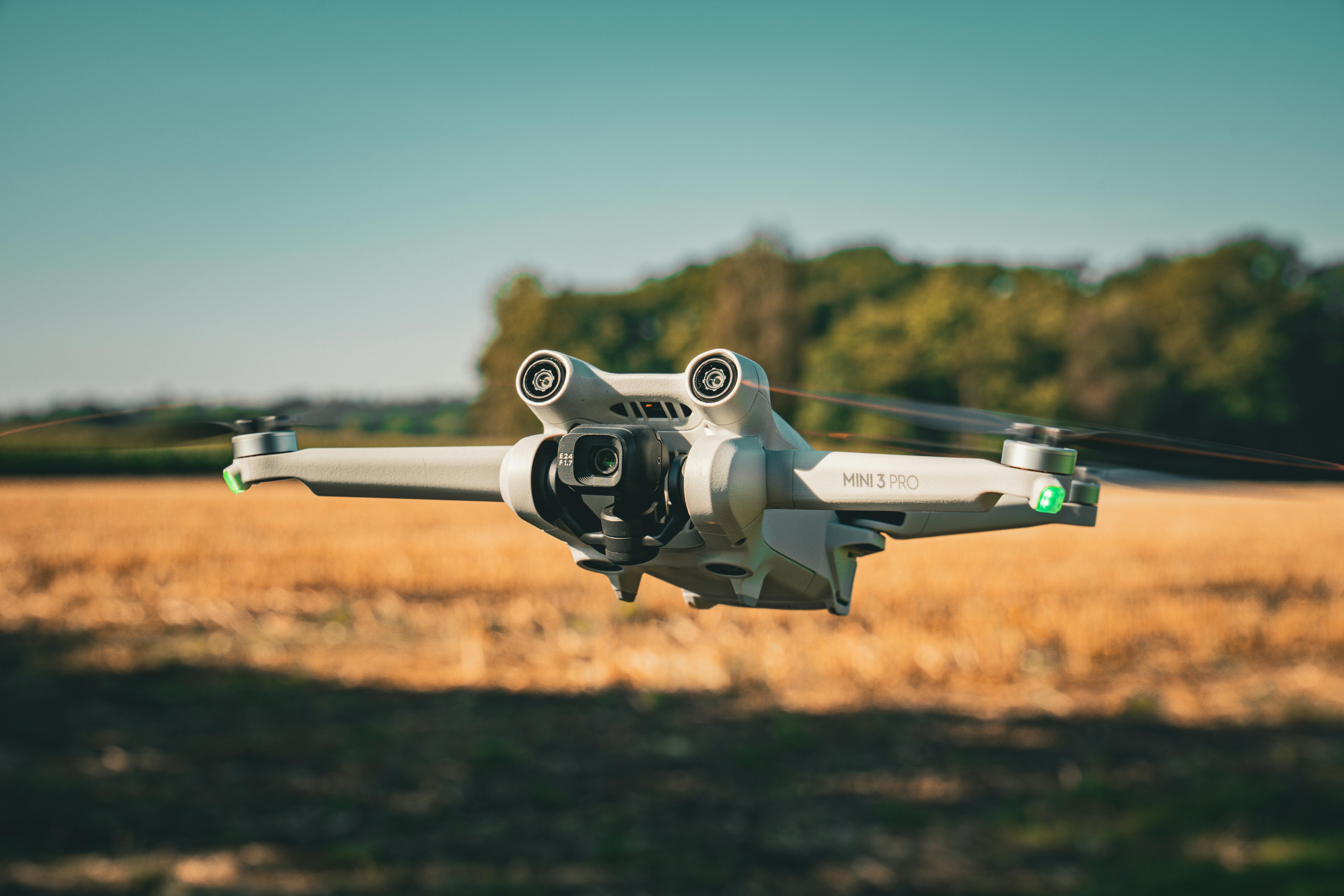Melding Reality and Virtuality: The Surge of Augmented Reality in Performing Arts
Introduction: In the 21st century, the boundary between the real and the virtual is becoming increasingly blurred. One of the most exciting manifestations of this development is the rise of augmented reality (AR) in performing arts. This article delves into the history of this trend, its current applications, and its potential future impacts.

Chapter One: A Brief History of Augmented Reality in Performing Arts
Augmented reality, a technology that superimposes digital information onto the real world, has been around in some form since the 1960s. However, its use in the performing arts is a relatively recent development. The technology was first introduced to the stage in the 2000s, as pioneering artists began to experiment with AR as a means of enhancing performances and creating immersive experiences. Over the past decade, this trend has gained momentum, with more and more artists incorporating AR into their work.
Chapter Two: Modern Applications of AR in Performing Arts
Today, AR is being used in a variety of ways within the performing arts. For example, theatre productions are using AR to create immersive sets, allowing audiences to experience the narrative in a more engaging and interactive way. Dance performances are also using the technology to augment their choreography, overlaying dancers with digital imagery that moves in sync with their physical movements.
Chapter Three: The Impact and Reception of AR in Performing Arts
The introduction of AR into the performing arts has been met with a mixed response. On one hand, critics argue that it distracts from the human element of performance. On the other hand, many praise its ability to create new and exciting experiences for audiences. Regardless of the debate, it’s clear that AR is having a significant impact on the industry, pushing the boundaries of what is possible in live performance.
Chapter Four: The Future of AR in Performing Arts
Looking to the future, it seems likely that AR will continue to play a major role in the performing arts. As the technology becomes more advanced, artists will have even more tools at their disposal to create immersive and interactive performances. Furthermore, as AR becomes more mainstream, audiences may come to expect these types of experiences as standard.
Chapter Five: Final Thoughts
In conclusion, the rise of augmented reality in the performing arts is a fascinating development that is reshaping the industry. As artists continue to experiment with this technology, we can expect to see more innovative and immersive performances in the future. Whether you’re a fan of traditional theatre or a tech enthusiast, there’s no denying that this is an exciting time for the performing arts.





